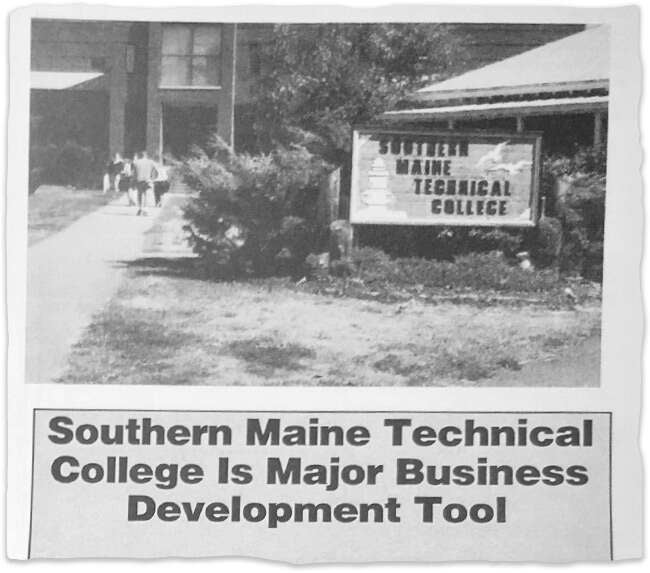
Workforce development: Community colleges have pivoted in how they train workers
In 1994, the state’s seven community colleges were still “vocational-technical institutions,” and they operated the way they had since the first one was formed in Augusta after World War II to help returning veterans get back into the workforce.
The focus on training students for the state’s industrial economy had been a workable model in the decades after the war and, by 1994, when York County Vocational-Technical Institute opened, there were seven campuses in the state.
That’s the year things began to change. Now, not only is the name and focus different, but even the “community” the schools serve is a radical departure from 25 years ago.
The key word now is partnering, Dan Belyea, executive director of workforce training for the Maine Community College System, has said.
Changes in the state’s economy, workforce and technology have all changed how the community colleges operate, starting with the establishment of the Maine Quality Centers in 1994.
The division of the community college system matches workforce training programs to companies’ needs. Since 1994, the program has worked with 237 businesses representing 15,068 new jobs.
In the past two years that effort has gone into high gear, with the number of programs increasing to 40 from 31 in 2017.
The establishment of the centers was quickly followed by more changes for the community college system, which wasn’t even officially a “system” at the time.
In 1999, an associate of arts credential was added, recognizing the need for a strong academic foundation as well as job skills, including communication, teamwork and problem solving, according to the MCCS website.
In 2003, the vocational-technical schools became community colleges, and the Maine Community College System was established.

Technology advances, as well as the increasing role the system plays, have spurred both physical and virtual expansion of the “community.”
In 2011, Southern Maine Community College established its Midcoast Campus in Brunswick, and Kennebec Valley Community College added a second campus in Fairfield’s Hinckley neighborhood.
But there have also been smaller “expansions” that in many cases partner with other learning programs.
For instance, Central Maine Community College, with its main campus in Auburn, is also part of the Western Maine University and Community College Center in South Paris, sharing space with the University of Maine at Augusta. It also offers courses at the Mt. Blue Learning Center in Farmington and Lincoln County Healthcare and Education Center in Damariscotta.
The colleges also offer early learning opportunities for high school students, as well as bridges for those who have started college but never finished. And the schools still harken to their roots with outreach for returning veterans.
In all, Maine’s community colleges offer nearly 300 degree and certificate options that are designed to lead to immediate employment or continued education. All seven offer online courses, and at four, entire degrees can be earned online.
Helen Pelletier, communications director for the community college system, told Mainebiz in December that when the system was first established, veterans were “eager to return home and get a job” and the schools addressed that need.
Now things aren’t as simple. “Everything’s changed — technology, the Maine economy, workforce needs — and we’ve changed with it.”
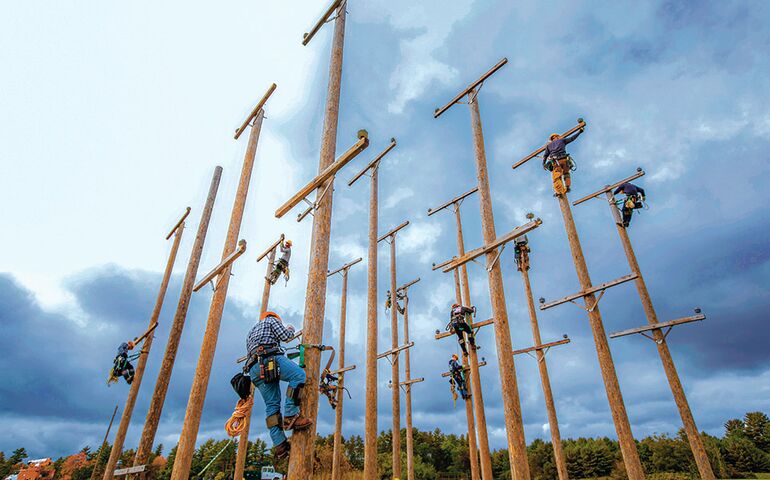
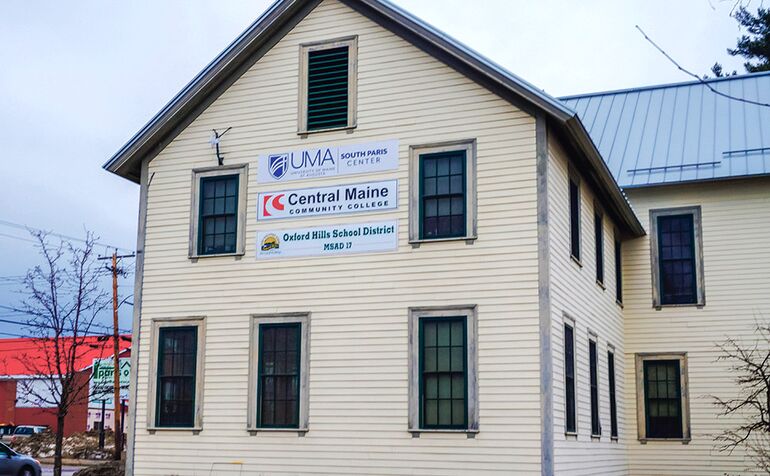

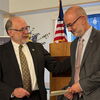




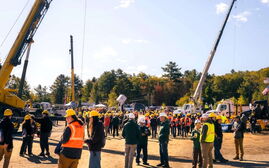







0 Comments